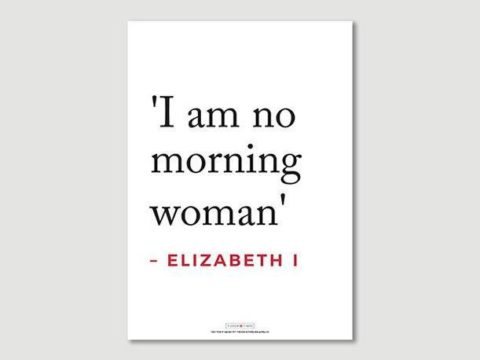Codes & Ciphers
Chapter 2 : Development of Ciphers
Early ciphers were simple – they relied on substitution of letters, with ‘nulls’ or meaningless symbols inserted periodically, to confuse anyone trying to crack the code. Common words might have their own symbol and special symbols might also be used. A cipher would be agreed between the letter writers, and each would have a key, to translate plain writing. Capture of the key would, of course, spell disaster. When Sir Nicholas Throckmorton, one of Walsingham’s predecessors in France, lost his copy of the key, he urged Cecil to have a new cipher created, although he later recovered the old key.
‘The writer has barely escaped with his life. Through the Prince he has recovered part of what he lost. He does not think his cipher fell into any man's hand, but it should be changed, and another sent by Cecil's next despatch.’ Throckmorton to Cecil, 9 September 1562 CSP Foreign, V Elizabeth.
During Elizabeth’s reign, ciphers became more complex. Cecil used the words ‘tout’ and ‘rien’ to refer to Catherine de’ Medici, Queen-Mother of France, and her son, Charles IX. The meaning of the words (‘all’ and ‘nothing’ respectively) presumably reflects Cecil’s opinion of their relative power. Charles’ successor, Henri III, appears as ‘ignorant’.
The call for decipherers also increased. If a letter were captured and deciphered, it would then be re-enciphered in the captor’s own cipher to prevent the knowledge that it had been deciphered leaking out. An early skilled decipherer was John Somer, secretary to Sir Nicholas Throckmorton. He solved several ciphers used by Marie of Guise, Regent of Scotland, in her communications with her brother, the Duke of Guise, and the Cardinal of Lorraine.
The National Archive contains a collection of ciphers that Somers cracked, including those between Henri II and his ambassador to England, Antoine de Noailles; de Noailles and the French lieutenant in Scotland, d’Oysel; and Henri II and d’Oysel. He later cracked ciphers that Mary, Queen of Scots used to communicate with her supporters in France and Scotland.
Of course, the knowledge that a letter had been deciphered might lead a letter-writer to put false information in his next missive, as happened in 1560, when d’Oysel, deliberately planted false information about the strength of Edinburgh Castle.
Other skilled decipherers were the Dutchman, Marnix de Sainte Aldegonde, and the English Thomas Phelippes, a close associate of Walsingham’s.
By the 1580s, ciphers were extremely complex – they could incorporate substitute letters, Arabic numerals, nulls, letters with a dot before or after, substitute names for locations, and numbers, signs of the zodiac or days of the week for individuals.
Another technique was ‘pair tables’ that is, the substitution of two letters for each other. There might be several different pair tables, and the cipherer would change table from time to time, using a single letter to indicate which pair table was being used. Special symbols fell out of use, as they are harder to remember, or use quickly.
Ciphers using only figures were becoming more common, with no breaks between words and an individual letter represented by several figures – for example, ‘a’ might be represented by any of 1 – 5.
